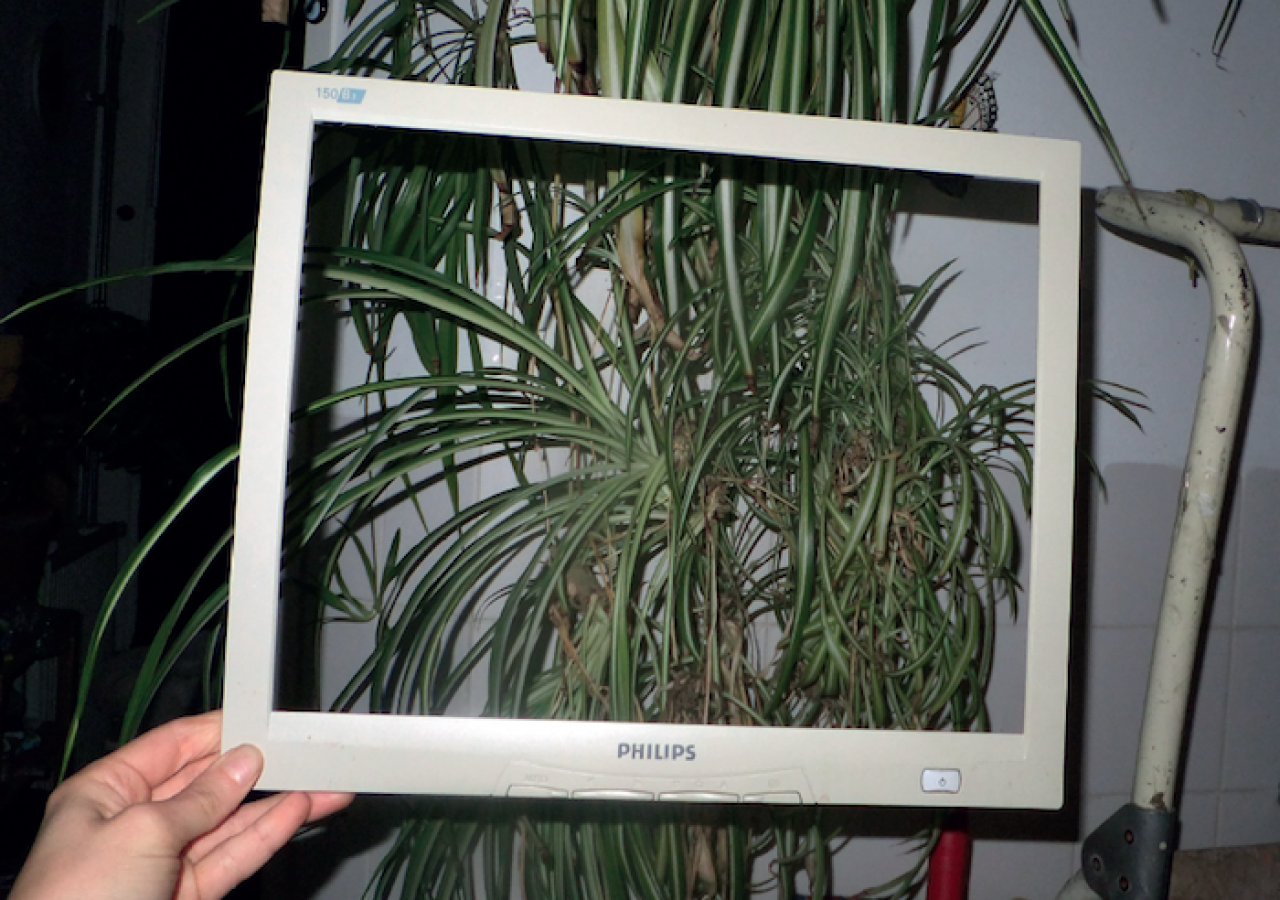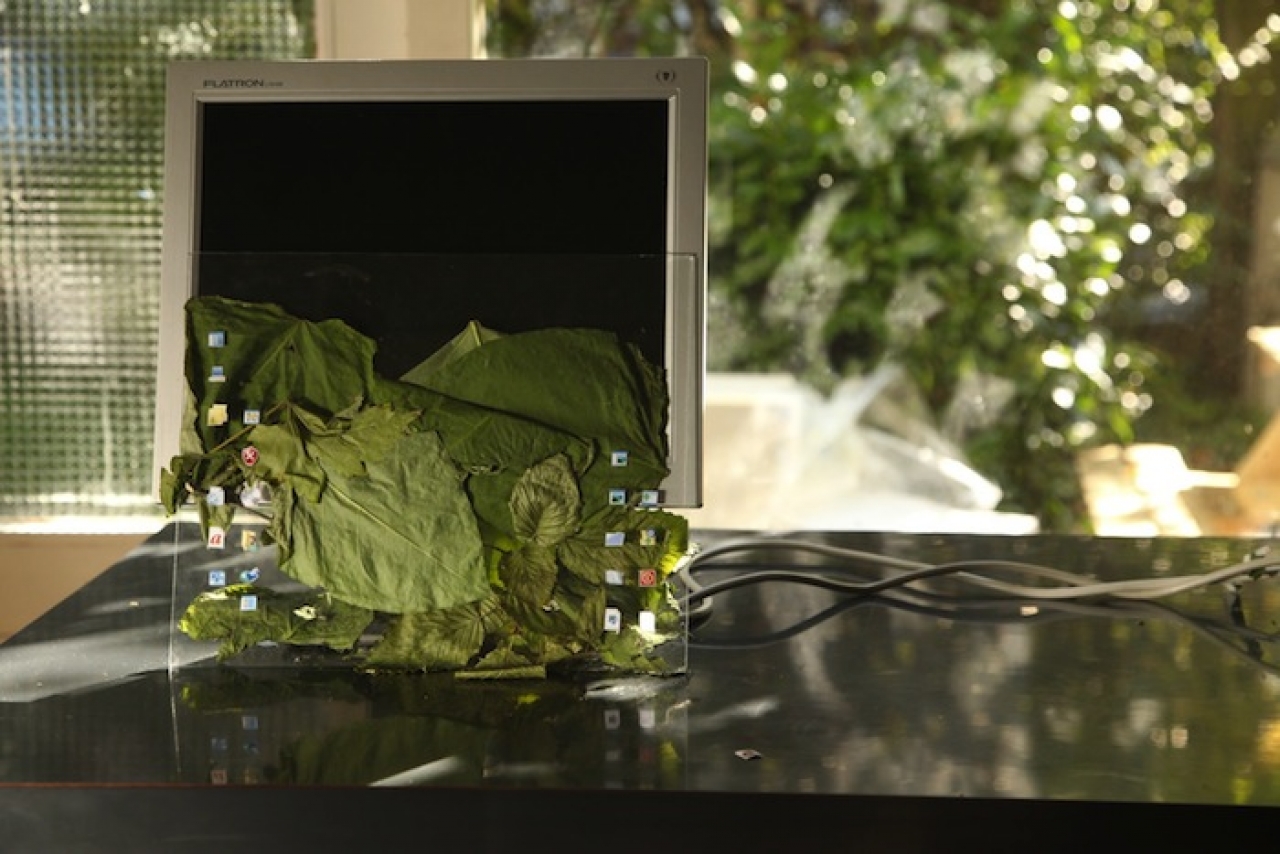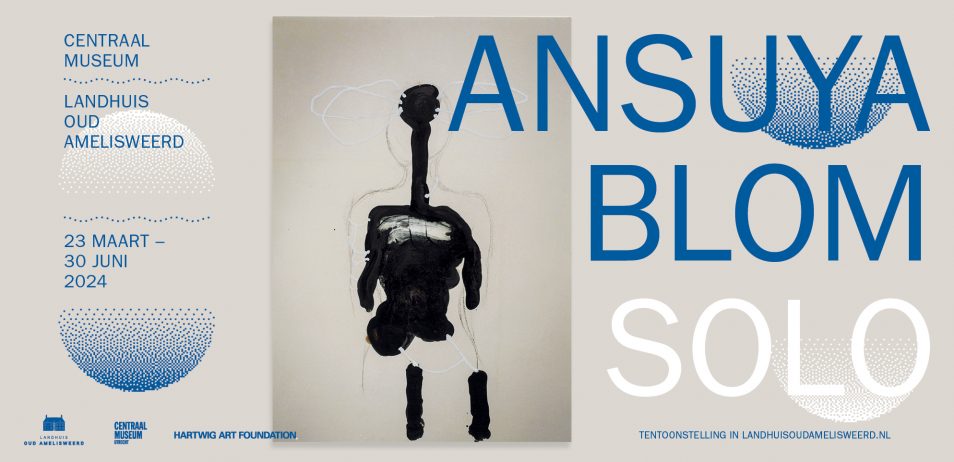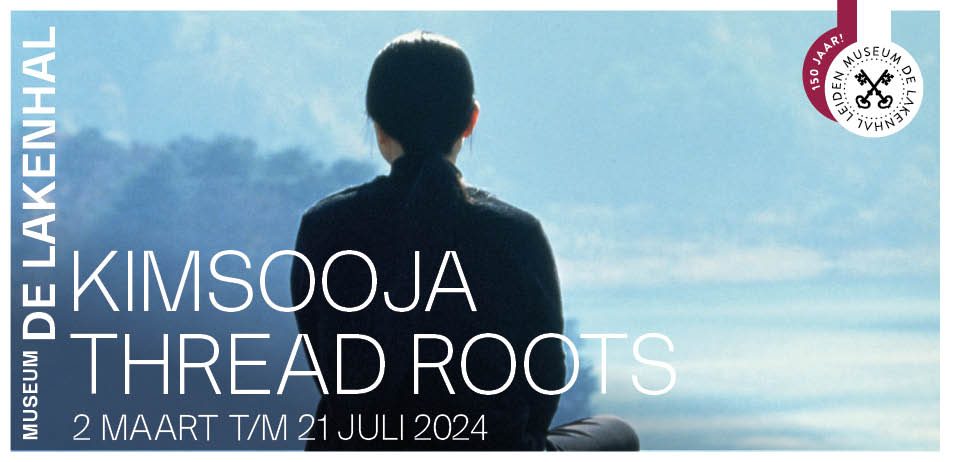Through a window, naturally
A conversation with Francesca Lai, preceded by a short reflection.
Window, frame, computer desktop, projection. These are some of the ingredients and media used by artist Francesca Lai (Italy, 1988) for a recent series of works, including
photographs, videos, installations, and site-specific interventions. With interplay and exchange between subject and medium, Lai traverses the boundaries between the natural and cultural and between the real and virtual as mediated through screens and windows and frames. Is it perhaps through the virtual that we first become aware of the real?What, after all, is nature if we cannot frame our experience of it – or our love for it?
Questions pertaining to the real and virtual have been haunting western art and philosophy at least since Plato, and keep feeding the flames of art. In and with her window works and screen projects, Lai reflects on experience of image and nature by artistically employing precisely those abstract, yet concretely felt, ideas. She also photographically records the traversing in and out of windows and frames. Nature recycled artificially and artistically, then projected back on nature. Not quite as mise en abyme as the famous Dutch Droste effect, but confusing in a pleasant way nonetheless.
I had such a befuddling experience myself, when travelling the American West in a car last summer. Seen through the car glass, and furnished by music, the gentle hilly landscape of central Utah appeared to me like a Microsoft screen saver landscape. Utterly virtual even though I physically passed through.
The etymological dictonary tells me that screen also means cover or shield. So in a certain way it simultaneously performs the double function of protection and offering a medium to look at, and communicate with, the (outside) world.


Taco Hidde Bakker (THB): First of all, I’m curious about your fascination with the (computer) screen. What does it represent to you?
Francesca Lai (FL): I’ll begin with telling you an anecdote concerning my personal experience living abroad as a young expat, having limited space and “goods”. I was living in room of 11 square meters in the periphery of Amsterdam. I felt lonely. Neither did I have much stuff, nor any sort of nature around. Thus the computer became the place where I could look at whatever I was dreaming about, longing for, or what I felt was missing. My projects about screens simply took off by trying to fulfil what I felt lacking. For example, at the computer I could see photos of beautiful landscapes, ‘expanding’ the walls of my tiny room and making me feel lighter.
I grew up with nature all around me and as a child I used to go on hikes in the forests and the mountains with my parents. Since I live in Amsterdam I realise I’m constantly looking for ways to somehow get back into contact with nature. Then I found shelter in, and a loophole through, the virtual world. Because that proved the only way for me to get images of nature and dreamy old landscapes––available at my fingertips day and night.
THB: It sounds like it started as a form of personal liberation, before you developed this new experience of another kind of nature into art?
FL: Yes, definitely, at first I didn’t know that it would develop into art. But that’s how all my projects begin… it’s never rational, I just watch it happen… I play with objects and basically construct my own realities in order to deal with life, with everyday problems or with excitement.
THB: In a metaphorical sense, art also functions as screen and/or window. Do you perceive a difference in both?
FL: The computer became the place where I could enjoy and find images and at the same time manipulate them, express something, construct a world. That’s how the video with the Alpine landscape and the flying butterfly icon came into being. In it I can recall my childhood memory of mountains and fresh air, and in virtual reality I found a way in dealing with absence. It also fits my playful attitude and my constant need to see day-to-day situations in different perspectives.
THB: But you also venture out, back into the real world again, for example to find a forest to project computer desktops icons onto. That way you play an intricate game in which screens, windows and memories get entangled into a hyper-medial web in which real and virtual melt together. (And in that ‘web’ you also touch upon the always complicated and intriguing dynamics between the real and the virtual––a major theme in art since time immemorial.)
FL: It’s a web indeed. I started to ‘create life’ inside the computer (such as the flying butterfly icon) and by being so often immersed in the virtual word, it started to become a
reference for interpreting reality: I began looking at real nature and perceived it as virtual––as if it was me who was contained and framed into a screen and vice versa. I started to see (and create life and movement in) virtual reality: This sky is so beautiful that it looks like a wallpaper or This picture is so amazing that it looks real. My perception of reality kept swinging between the two. So yes, there is also the question about the power of images and reproductions of reality substituting tangible reality.
THB: I’m also curious to how your ‘window works’ will transform a gallery space, to what extent will it ‘expand’ the gallery walls on whose ‘screens’ and ‘windows’ the visitor might then project her own dreams or childhood memories. And about the computer: it’s so central to contemporary, technologically advanced life, that most people do not give it much reflection. I appreciate that you make the computer (screen) a central theme to your art, at least at this point in your early career, where you attempt to visualise things that aren’t particularly easy to visualise…
FL: The computer is a companion. People of our generation are attached to the computer, they constantly look through its window, they carry it wherever they go. So I want to enlighten this aspect of our society in which reproduction of reality, though I especially focus on Nature as a theme, becomes even more tangible and real than reality (e.g. high definition pictures) and easy to enjoy. That’s why in my current projects I started with the virtual world of the computer, but developed and extended it to other devices and media, such as photo camera, slide viewer, beamer, diapositive slides. The ‘Windows’ are the frames and screens central to all these devices that can capture reality, enclose it in a rectangle, and change its scale.
With regards to my childhood memories and the experience I want to give to the spectator, I must say that those memories and the absence I now feel, have really just been a starting point––a glimpse so to say. They determined my choice to work with Nature. But as these works developed, they became more and more about perceptions of reality through technological devices, and, just like my earlier works, about the playful and layered construction of my own realities.
The opening is on Sunday, January 31 from 16.00 -18.00 hrs. Bradwolff Projects Oetewalerstraat 73

